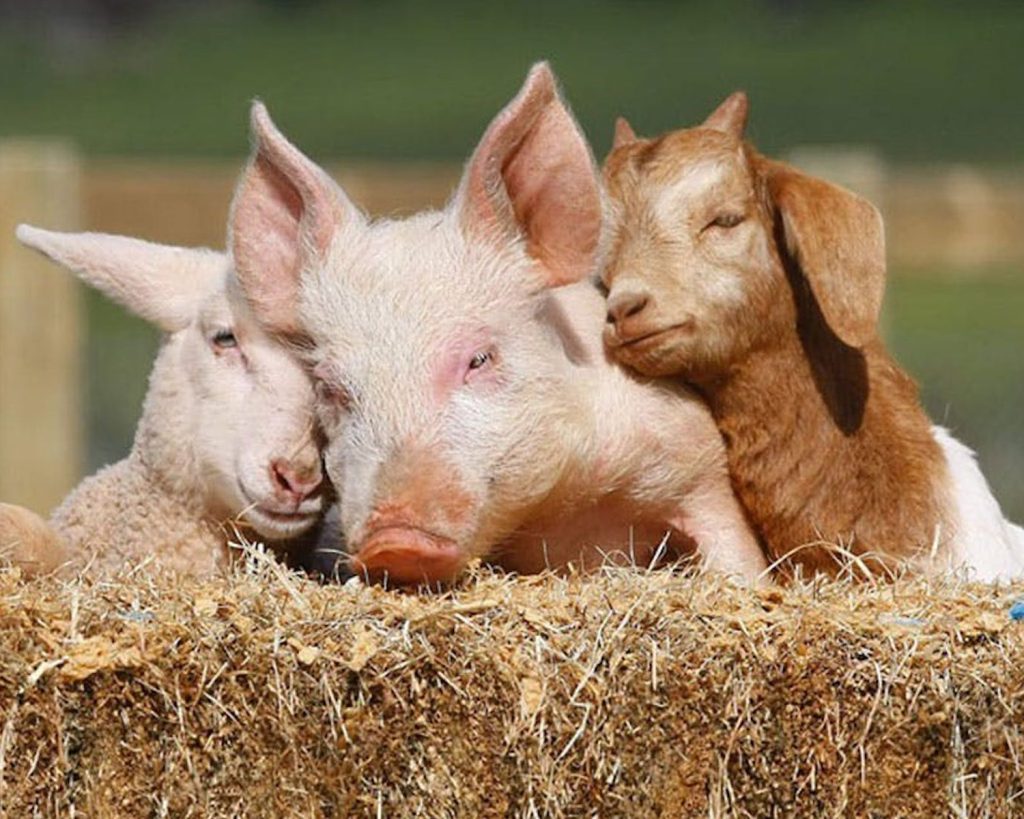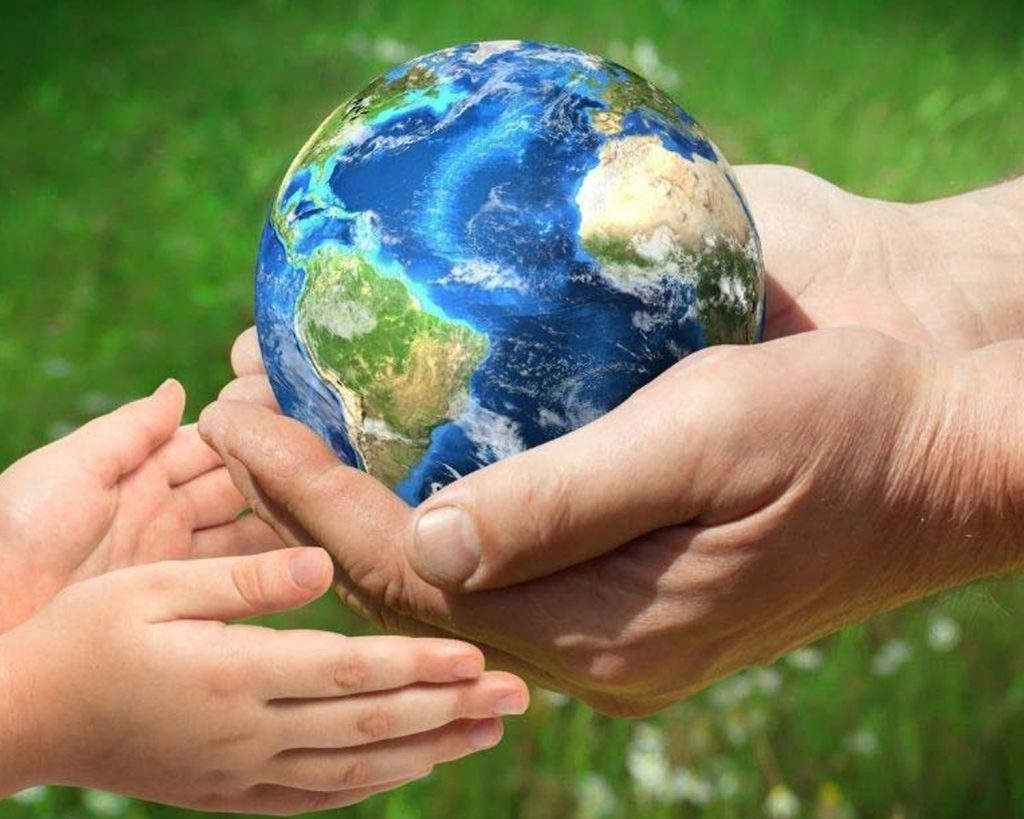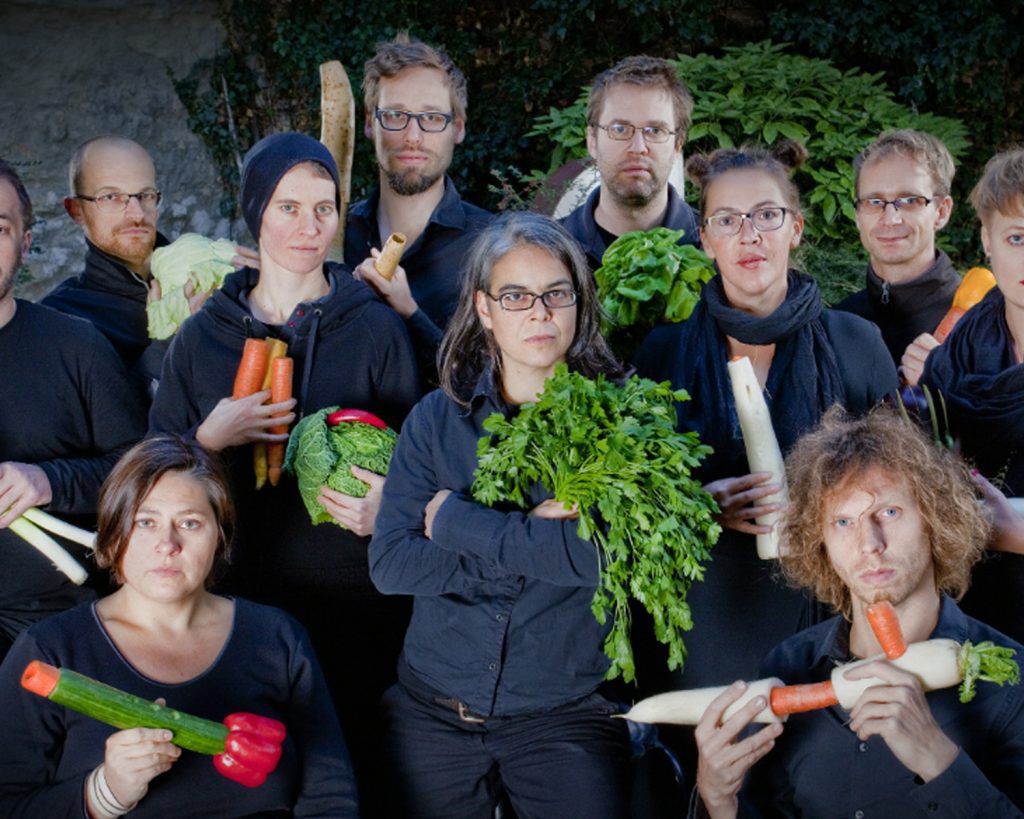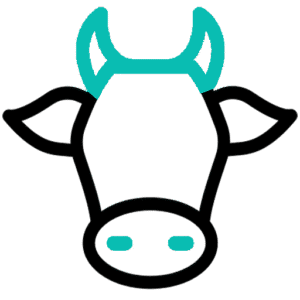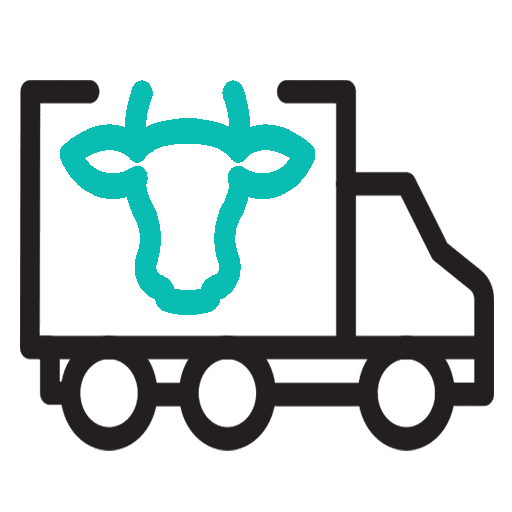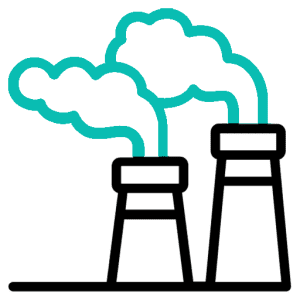Climate change stands as one of the most urgent global crises, and industrial animal agriculture is a major driver behind its acceleration. Factory farming contributes significantly to greenhouse gas emissions—primarily methane from cattle, nitrous oxide from manure and fertilizers, and carbon dioxide from deforestation for feed crop cultivation. These emissions collectively rival those of the entire transportation sector, placing animal agriculture at the center of the climate emergency.
Beyond direct emissions, the system’s demand for land, water, and energy intensifies climate pressures. Vast forests are cleared to grow soy and corn for livestock feed, destroying natural carbon sinks and releasing stored carbon into the atmosphere. As grazing expands and ecosystems are disrupted, the planet’s resilience against climate change weakens further.
This category underscores how dietary choices and food production systems directly influence the climate crisis. Addressing the role of factory farming is not only about reducing emissions—it is about reimagining food systems that prioritize sustainability, plant-based diets, and regenerative practices. By confronting animal agriculture’s climate footprint, humanity has the opportunity to curb global warming, safeguard ecosystems, and secure a livable future for generations to come.
Livestock farming has been a central part of human civilization for thousands of years, providing a vital source of food and livelihood for communities around the world. However, the growth and intensification of this industry in recent decades has had significant implications for the health and diversity of our planet's ecosystems. The demand for animal products, driven by a growing population and changing dietary preferences, has led to the expansion of livestock farming, resulting in extensive land use change and habitat destruction. This has had a profound impact on biodiversity, with numerous species facing extinction and ecosystems being irreversibly altered. As we continue to rely on livestock farming for sustenance and economic growth, it is crucial to examine and address the consequences of this industry on biodiversity loss. In this article, we will explore the different ways in which livestock farming has contributed to biodiversity loss and the potential solutions …













